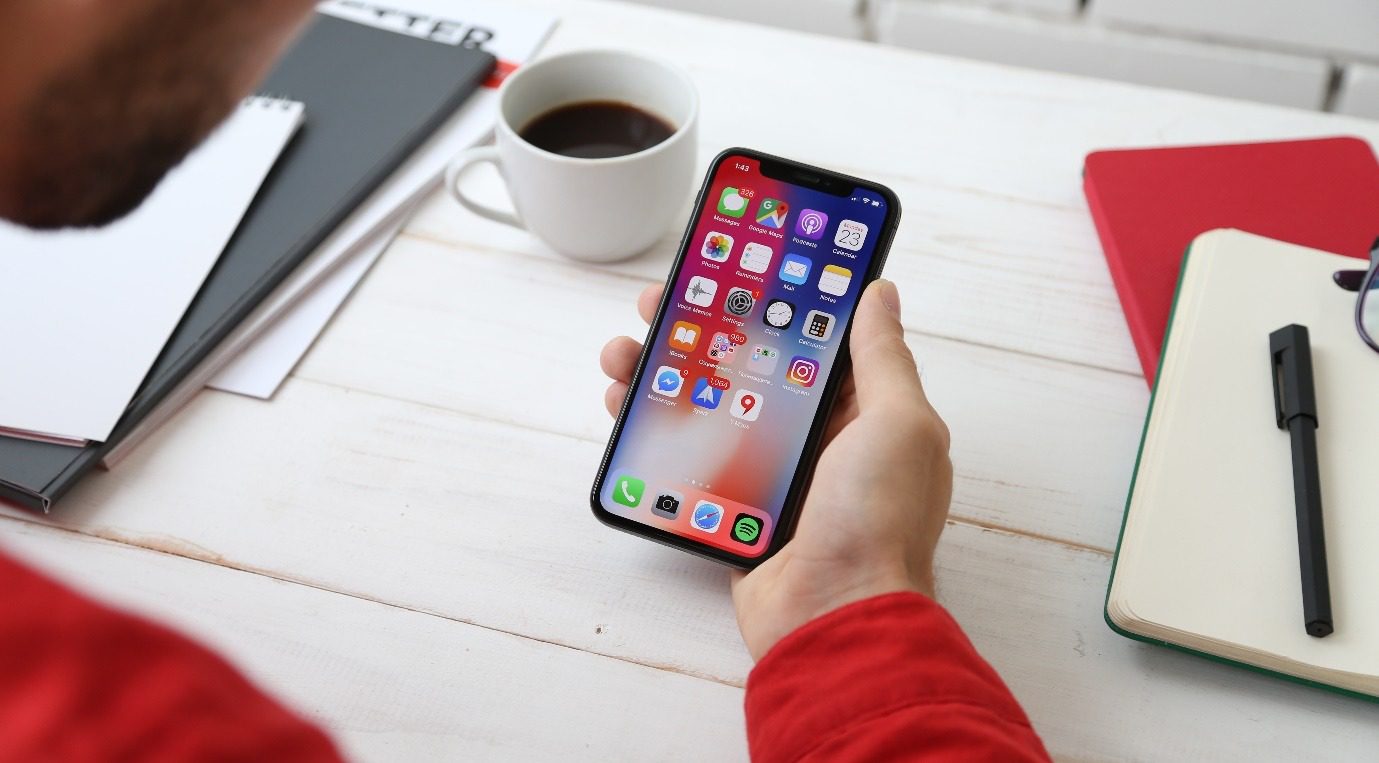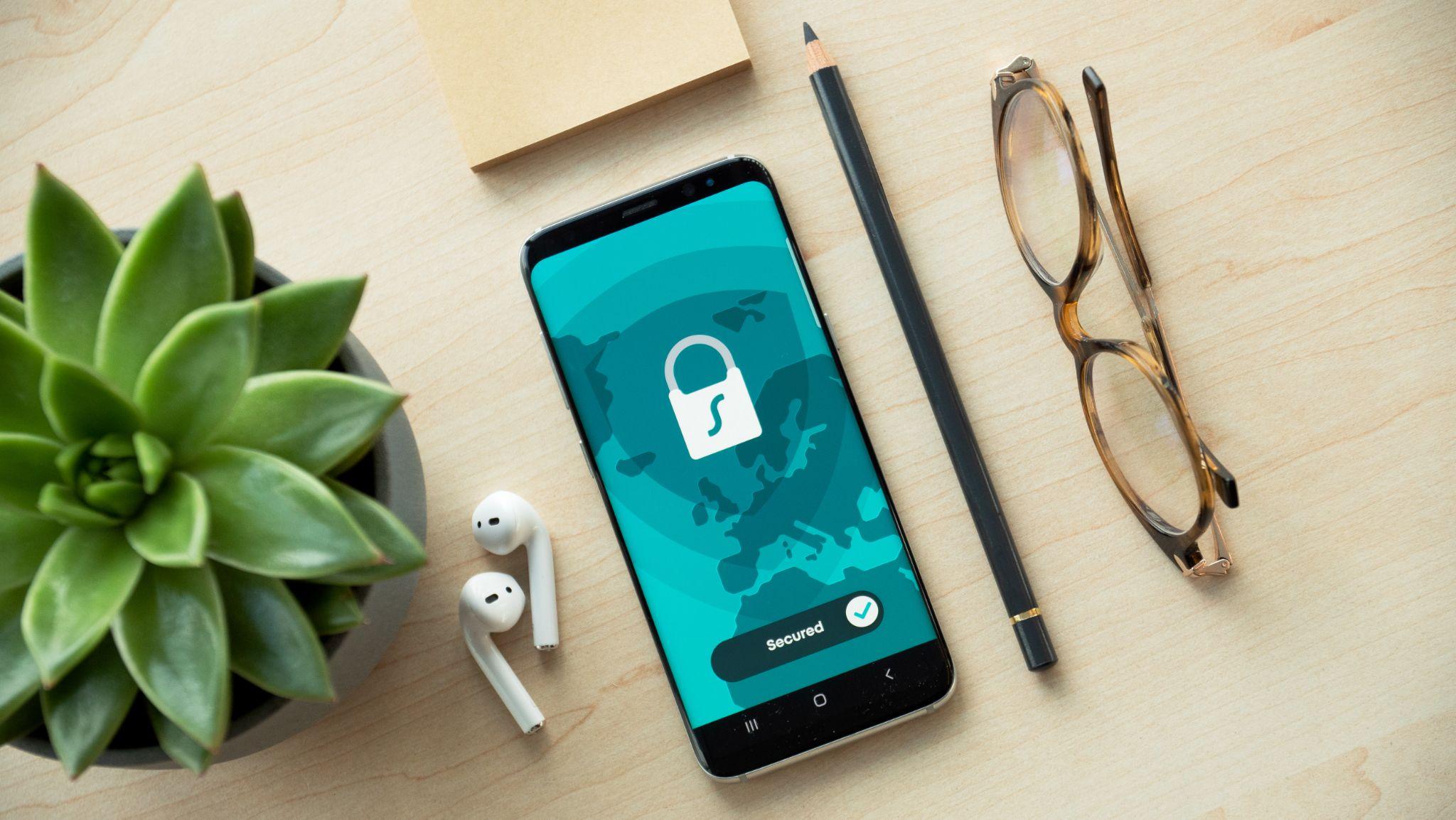
According to the OWASP Top 10, every iOS developer must pay attention to the security of the code, the security of the data storage, the security of the data transmission, and so on.
iOS still has its problems even though iOS mobile apps are not as vulnerable as those on other mobile platforms such as Android and any hybrid mobile development (which is more exposed at the first screening level like manifest, javascript injections, and so on). It is now the responsibility of every business and developer to ensure that the code, logic, data, and communication are protected appropriately to prevent any outsiders from tampering with the code and comprehending it. You must hire iOS app developers in india for your next project.
Guidelines for Constructing a Safe iOS Application
1. Build Secure Code
Writing secure code is one of the most important components of developing a secure iOS application. Check that the code you generate is free of any vulnerabilities that an adversary could use to their advantage. This requires removing hard-coded values from the program, implementing data encryption, applying secure communication protocols, and utilizing libraries and frameworks that can be trusted.
2. Employ Private and Confidential Communication Protocols
When moving data across a network, it would help to use safe communication protocols, such as HTTPS, rather than HTTP. The data communicated through HTTPS is encrypted as it is being sent, making it difficult for third parties to intercept and read the data. In addition, the server certificate must always be validated to guarantee that no man-in-the-middle attackers are eavesdropping on the conversation.
3. Make sure you have a two-factor authentication system in place.
Including two-factor authentication in your iOS app could provide additional security for your data. Attackers will have a harder time gaining access to user accounts due to the additional step added to the login procedure. It is possible to utilize a password in conjunction with a second authentication factor, such as a fingerprint, face ID, or a one-time code sent to the user’s registered email address or cellphone number.
4. Encrypt All Private Information
Ensure that any sensitive data you save, such as passwords, user credentials, or payment information, is encrypted. Examples of this kind of data include. Attackers will have a harder time gaining access to data and stealing it. Apple offers its customers keychain services, which enable the safe storage of confidential information.
5. Make Use of Apple’s Pre-installed Security Features
Apple provides various security tools that can be leveraged to increase the safety of your iOS application. These tools can be found on the Apple Developer website. Features like Touch ID, Face ID, biometric authentication, and sandboxing illustrate this. Sandboxing enables you to restrict your program’s access to the resources of the device, thereby preventing malicious apps from gaining access to sensitive data.
6. Ensure that your app is regularly updated.
Updating your software regularly can help to address any vulnerabilities or security problems that may have arisen. Be careful to deploy any Apple security fixes currently available, as well as correct any security flaws found in previous versions of your app.
7. Be sure to perform regular security checks.
Regular security audits might be of assistance in locating vulnerabilities and other security issues in your iOS application. Employ a competent security agency to do frequent audits and penetration testing on your application in order to locate and address any flaws that may have been discovered.
8. Protect Data While It Is Resting by Encrypting It
“data at rest” refers to information currently being held on a device or server. If data is encrypted while it is at rest, it is more difficult for attackers to access it, even if the device or server it is stored on is hacked. Data that is stored locally on an iOS device can be encrypted using a variety of different encryption methods.
Conclusion
Apple is fond of boasting about the level of security built into its products. Not without good reason: there are a plethora of safety features that you undoubtedly utilize regularly, some of which include code autofill, password reuse audits, built-in privacy in Safari, and many more. Same for devs. For example, Apple does not give its source code to app developers because they believe it could compromise their company’s security. In addition, iOS device users cannot make changes to the software running on their own phones. However, Apple protects its products with many additional security measures, some less well-known than others.
Author Bio:

Prashant Pujara is the CEO of MultiQoS, a leading Website and Mobile App Development Company, with an extensive career of over 15+ years in software development, he boasts formidable
proficiency in creating digital applications. His dedication to driving comprehensive digital
transformation across diverse platforms, encompassing software and cloud solutions, has
significantly defined his illustrious career.
Linkedin: https://www.linkedin.com/company/multiqos/
Twitter: https://twitter.com/multiqos/
Dribbble: https://dribbble.com/multiqos-tech








